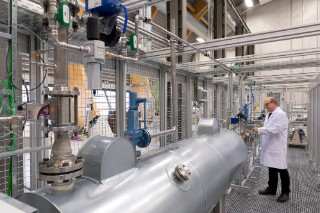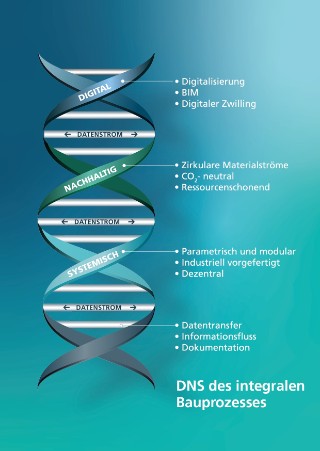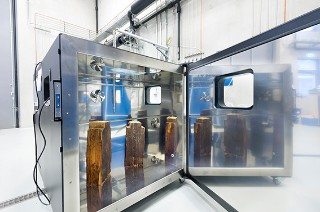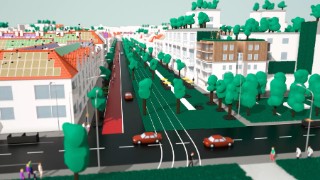
Are existing or planned buildings sufficiently protected against moisture? This can be calculated using the WUFI® Pro software from the Fraunhofer Institute for Building Physics IBP, which has now established itself as the standard for moisture protection assessment. Version 7.0 draws on the experience of 30 years of pioneering work in hygrothermal simulation. It offers numerous innovations based on the latest research, and which are frequently requested in practice, such as moisture assessments for solar suitability in roofing, concrete-corrosion forecasts, and wood-rot assessments. WUFI® Pro 7.0 also features a completely redesigned interface that is even more intuitive than its predecessor.
more info



























